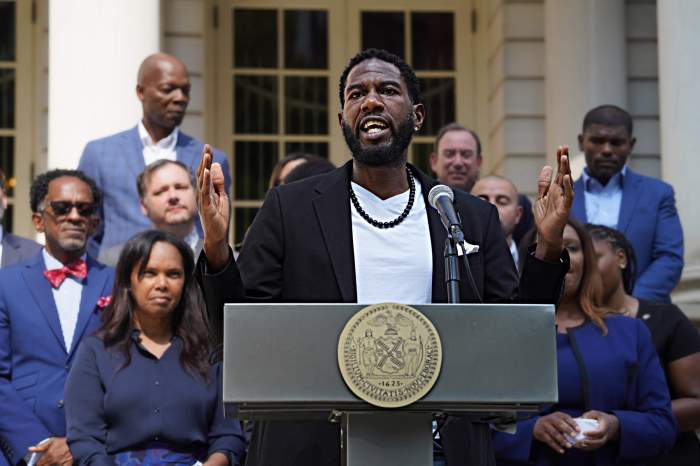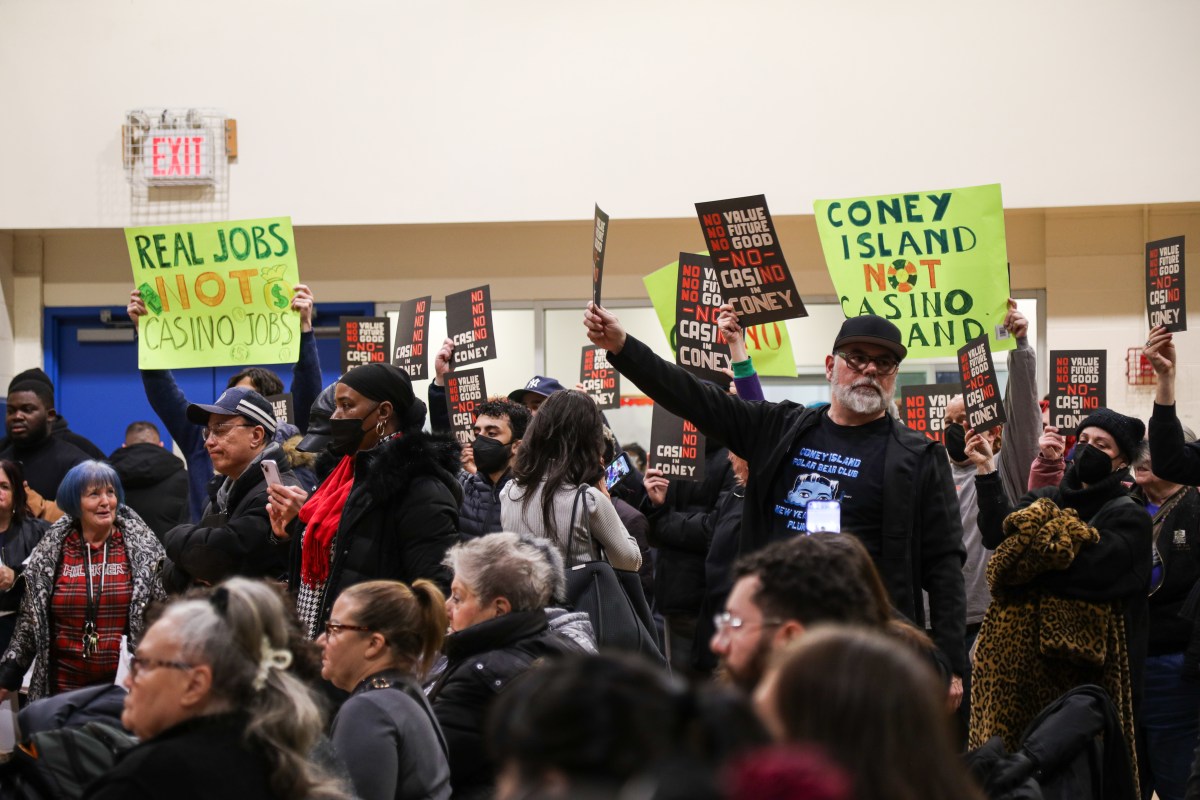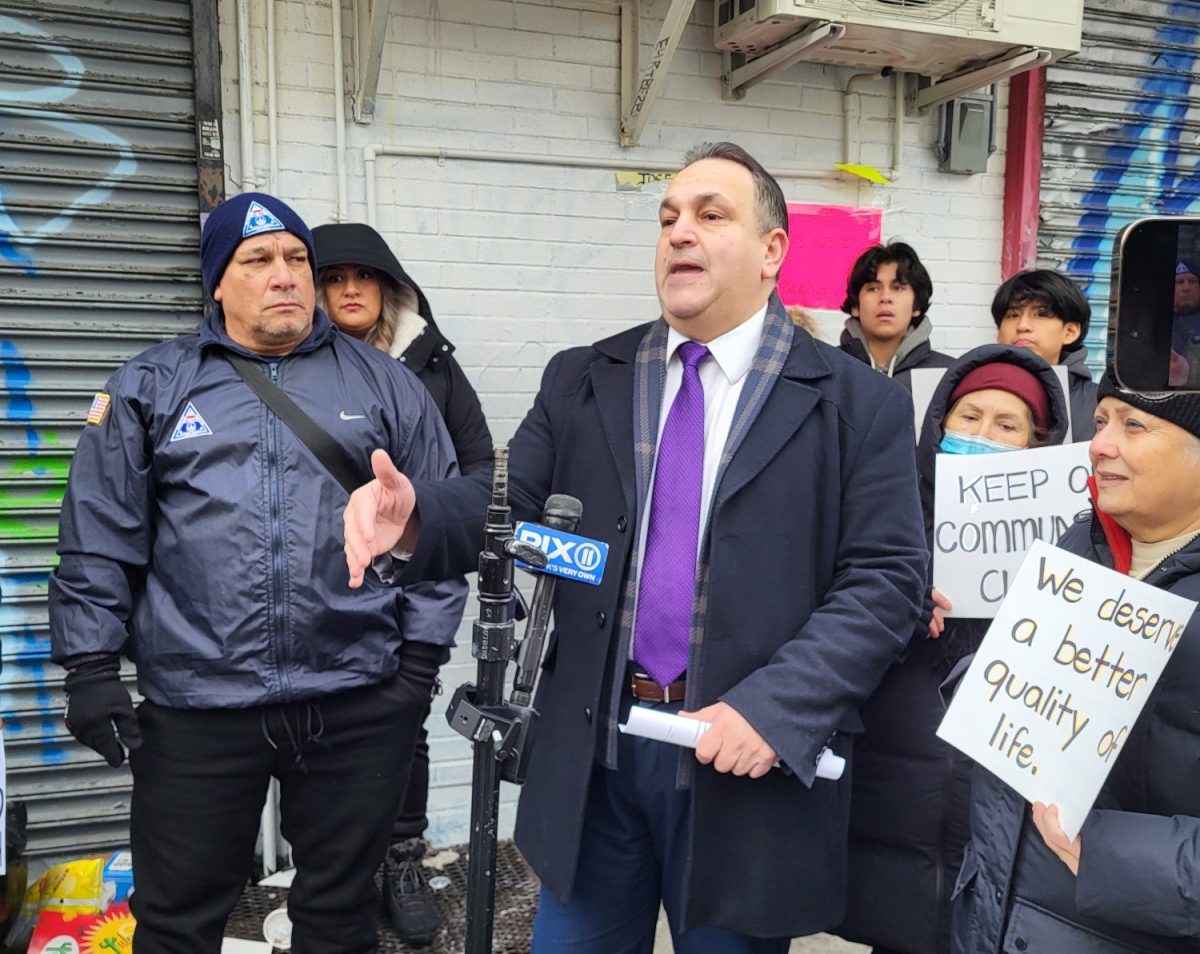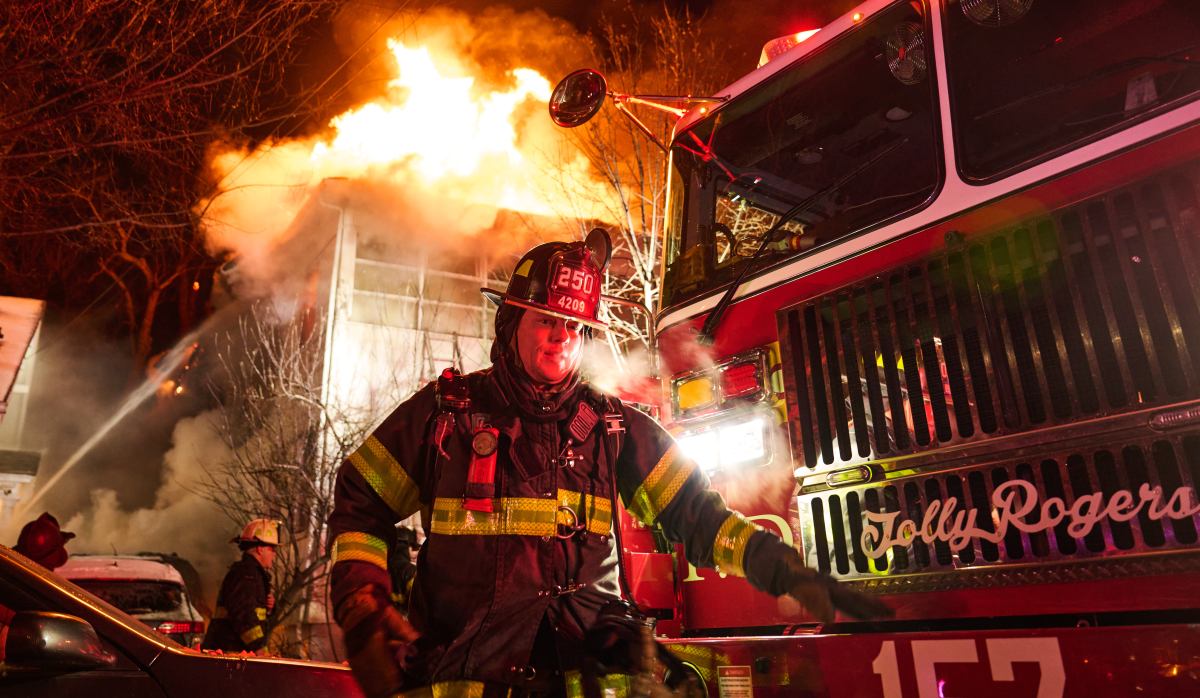As the city looks to build its way out of the costly housing market, one stretch on the western side of Manhattan — from 14th Street in Chelsea to Columbus Circle — has been the epicenter of this effort.
That community district has added about 28,000 units of housing — double the number of new digs in any other neighborhood — between 2000 to 2016, according to a report slated to be released Thursday.
Yet the cranes seem to be largely catering to the highest earners — renters in new buildings in 2016 had median incomes almost one-third higher than all renters citywide, the report found.
And amid an era of great demand for more affordable accommodations, Chelsea and Hell’s Kitchen have seen more of their apartments go unused: the rental vacancy rate increased from 3.9 percent in 2010 to 6.6 percent in 2016, the report found.
And all that has lead to some debate about whether the city’s efforts to encourage residential construction can create benefits that trickle down to the lower-end of the rental market, where competition is fiercest.
“I am proud that so many people want to live in our city and in my district in particular, but our housing demands will only truly be met when we generate housing for all, not just those with a seven-figure salary,” City Council Speaker and local representative Corey Johnson said in a statement. “I will always fight to create and preserve affordable housing so that New York remains a city for everyone.”
The research, part of an annual census on residential and demographic trends put out by the NYU Furman Center, shows a nearly 11 percent growth in the adult population and a more than 16 percent hike in jobs have fueled the demand for housing. And the 8 percent housing stock growth during that period has not done enough to absorb the demand, pushing the median monthly rent up $155 more than median monthly earnings grew during that period, the Furman Center says.
“ . . . More housing is needed in the city at all rent levels, especially at levels affordable to low- and moderate-income households,” Jessica Yager, executive director of the Furman Center, said in a statement. “But, building for higher-income households is important for affordability, too, because higher-income households can outbid lower-income households for housing . . . Research shows that housing does ‘filter up’ when housing supply for higher-income households is constrained.”
Mayor Bill de Blasio’s administration has set about rezoning swathes of the city to permit larger residential buildings, while requiring that at least 20 percent of the new units be rented below market-rate. The city Department of Housing Preservation and Development said the government has worked to lock down financing for the construction of nearly 30,000 homes for New Yorkers earning up to 50 percent of the metro area median income as part of its larger Housing New York initiative.
“This report exemplifies the importance of the work we do under Housing New York and why we expanded the plan to finance 300,000 units by 2026,” HPD spokesman Matthew Creegan said in a statement.
But others say that understanding of supply and demand is overly simplistic.
Jonathan Miller, president of the Miller Samuel appraising firm, said in the wake of the 2008 financial crisis, more investors opted to put money into real estate development — pushing already high land values up. That environment makes it difficult for projects to profit without targeting the more affluent end of the market, Miller said.
He described the city’s efforts as well-intentioned, but likely to add to the glut of luxury housing rising across the city without adding a significant amount of affordable homes.
“It’s detrimental to the city because the workforce can’t live here. And one of things that we’ve seen over the last four or five years has been this explosion of sales activity in the outlying suburbs as people are being priced out,” Miller said, noting he does not expect the product to naturally sync with demand anytime soon. “If it were to adjust over time, it would be a multi-decade adjustment.”
The city’s stance amounts to a trickle-down housing strategy, according to Emily Goldstein, senior campaign organizer at the Association for Neighborhood and Housing Development advocacy group. She argued it would be prudent to prioritize preserving the city’s existing affordable housing stock, limiting the ways rent stabilized units can enter the general market and exploring strategies to populate often empty investment apartments with full-time residents.
“Trickle-down housing policy doesn’t work,” she said. “What we have in New York City at this point is a glut at the top end of the market that has not resulted in rents coming down or burdens being alleviated at the lower ends of the market. It’s resulted in high-vacancy at the top end of the market.”




































